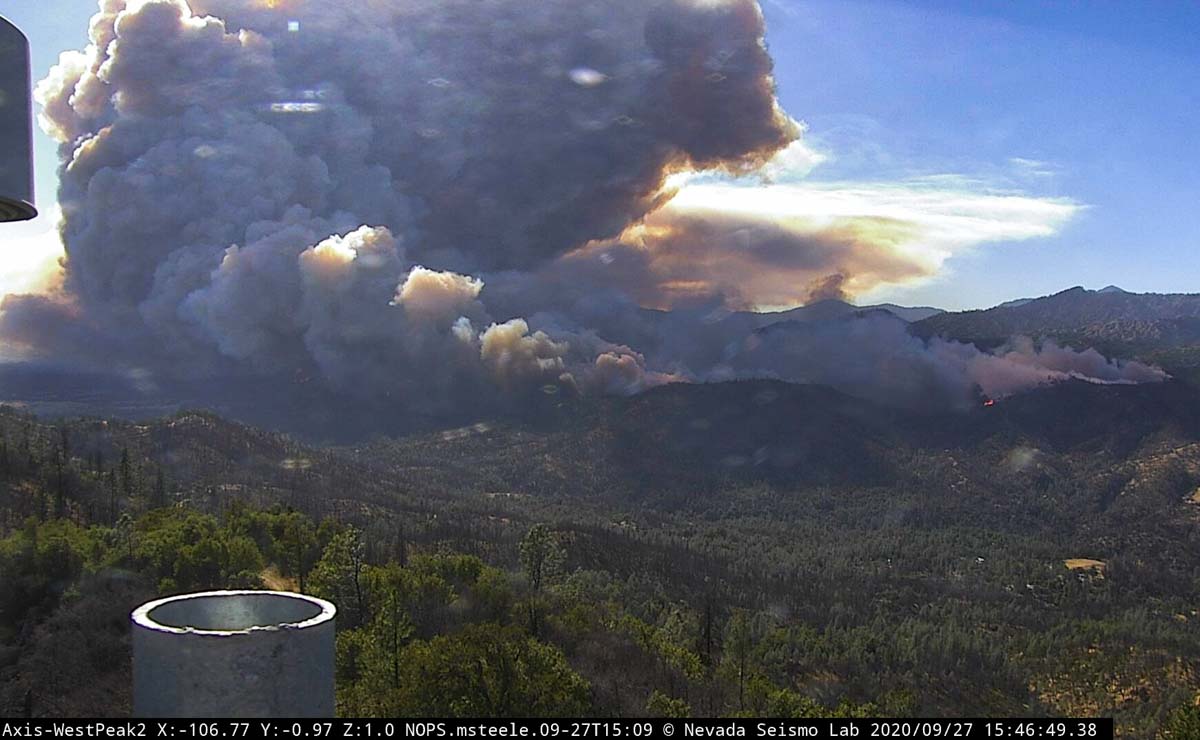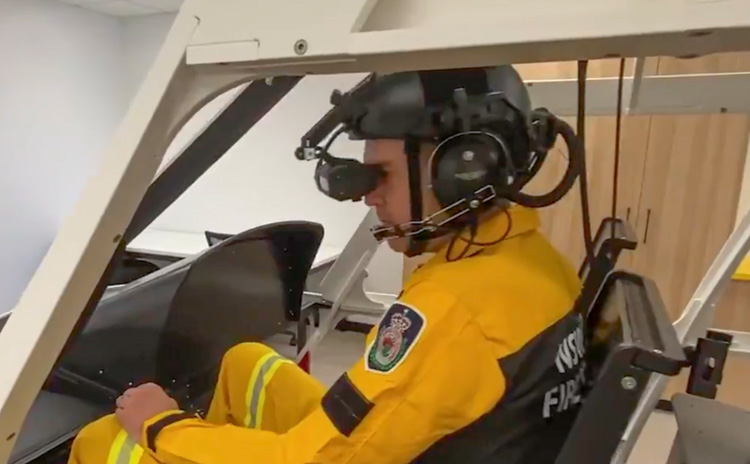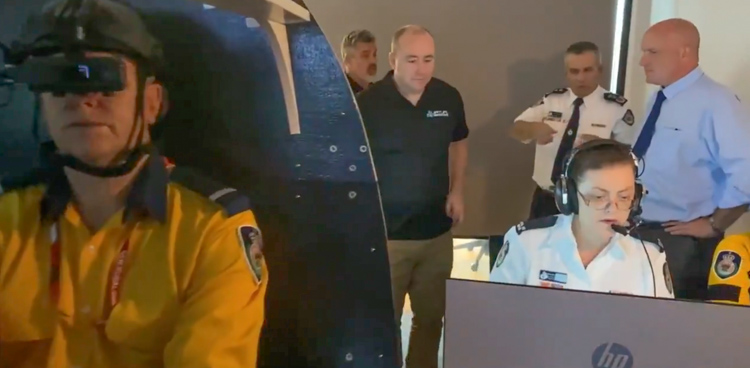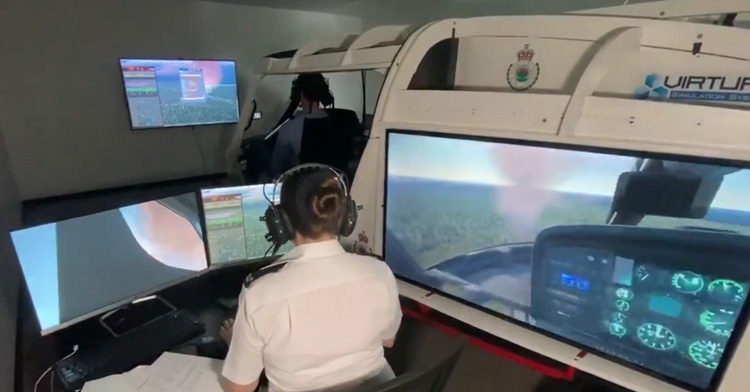
Legislation appropriating additional funding to beef up Washington state’s wildland fire suppression capability on the ground and in the air passed unanimously in the Senate Friday. It had already passed the House in the same manner and now heads back to the House which will accept or reject the changes made in the Senate. The legislative session is slated to adjourn April 25.
The number of acres burned in Washington wildfires last year, 812,000, was more than four times the average in the 2000s. In eastern Washington, 80 percent of the buildings were destroyed by the Babb-Malden Fire in September, 2020. The number of acres blackened in Oregon last year, just across the border, was the second highest ever recorded.
The bill appropriates $125 million for the Department of Natural Resources to create for the first time a dedicated fund to suppress and mitigate wildfires over the next two-year budget period.
A similar bill was introduced last year but failed to pass, possibly because it also stipulated that a portion of the funds would be raised by establishing a surtax on home insurance premiums. This latest version left it up to the legislators to come up with a source for the money.
For two of the last three years, Washington had the worst air quality in the world due to smoke from wildfires.
The requested funds can be sorted into four categories:
Wildfire Response — $75.2 million
The bill creates positions for 100 more firefighters, adding three 20-person hand crews, 20 dozer operators, and two 10-person “post-release” crews comprised of formerly incarcerated persons who served on state fire response crews.
The bill also allows the purchase of two intelligence gathering fixed wing aircraft to be used on fires. Their ten very old UH-1H Huey helicopters would receive upgrades of some systems including night-flying capabilities. Washington does not own any air tankers, but in 2020 they had approximately six privately owned single engine air tankers (SEATS) on contract.
Forest Restoration — $31.4 million
The legislation fully funds and accelerates the DNR’s 20-Year Forest Health Strategic Plan, which calls for restoring natural wildfire resistance to 1.25 million acres of forest.
Workforce Development — $5.9 million
Provides career pathways for foresters, firefighters and mill workers.
Community Resilience — $12.6 million
Makes investments at the home, neighborhood, and community levels to reduce wildfire risk and protect communities. Includes investments in defensive strategies at the community level such as fuel breaks, prescribed fire, and creating defensible green space, plus direct assistance to home owners to secure their property and neighborhood with programs like FireWise.














